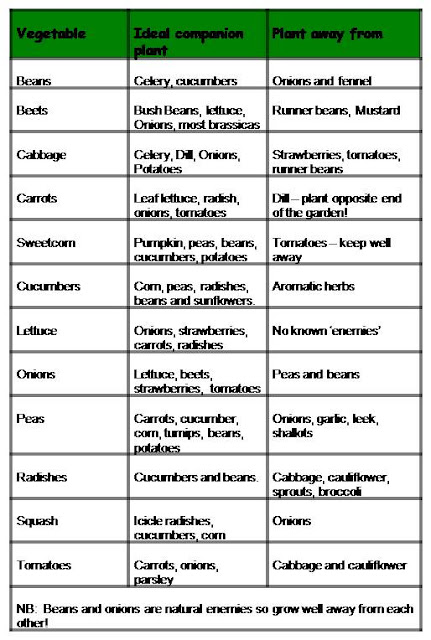An eco-friendly way to eat more of your crops this year than the aphids!
- The carrot root fly hates the strong smells of sage, leeks and garlic so try sowing spring onions seeds with your carrots. I've planted rows of chives and spring onions beside my rows of carrots.
- Whitefly – my personal nemesis… windy conditions can keep whitefly at bay temporarily, as will a strong’ish hose down. If this won’t shift them this home-made spray will. Mix together 1-2 teaspoons washing up liquid (or mild detergent/grated soap), 1 litre water, half a cup of cheap salad oil. Mix together vigorously, and spray all over the affected plants (including the underside of the leaves).
- Alternatively plant hollyhocks nearby (but not on) your brassicas beds – whitefly find them irresistible.
- Hoverflies, the natural predators of aphids, are attracted by flowering annuals such as dill and coriander - two more options to protect your lettuce and tomatoes.
- Poached egg plants are not only beautiful to look at and attract bees, but will deter black fly so plant them near your broad beans/runner beans. Marigolds, of course do the job just as well. Put pots of them in your greenhouse to keep green and black fly at bay.
- Sacrificial planting – plant nasturtiums the edge of your brassicas, the slugs will eat them and leave your brassicas alone.
- Aliums - garden lore claims that aliums planted close to fruit trees encourage ripening.


1 comment:
What a great site. We do not have the same culture of allotments in Australia as you guys have, so it is great to be able to keep track of this important social work.
Cheers,
Shane
Ground to Ground
Post a Comment